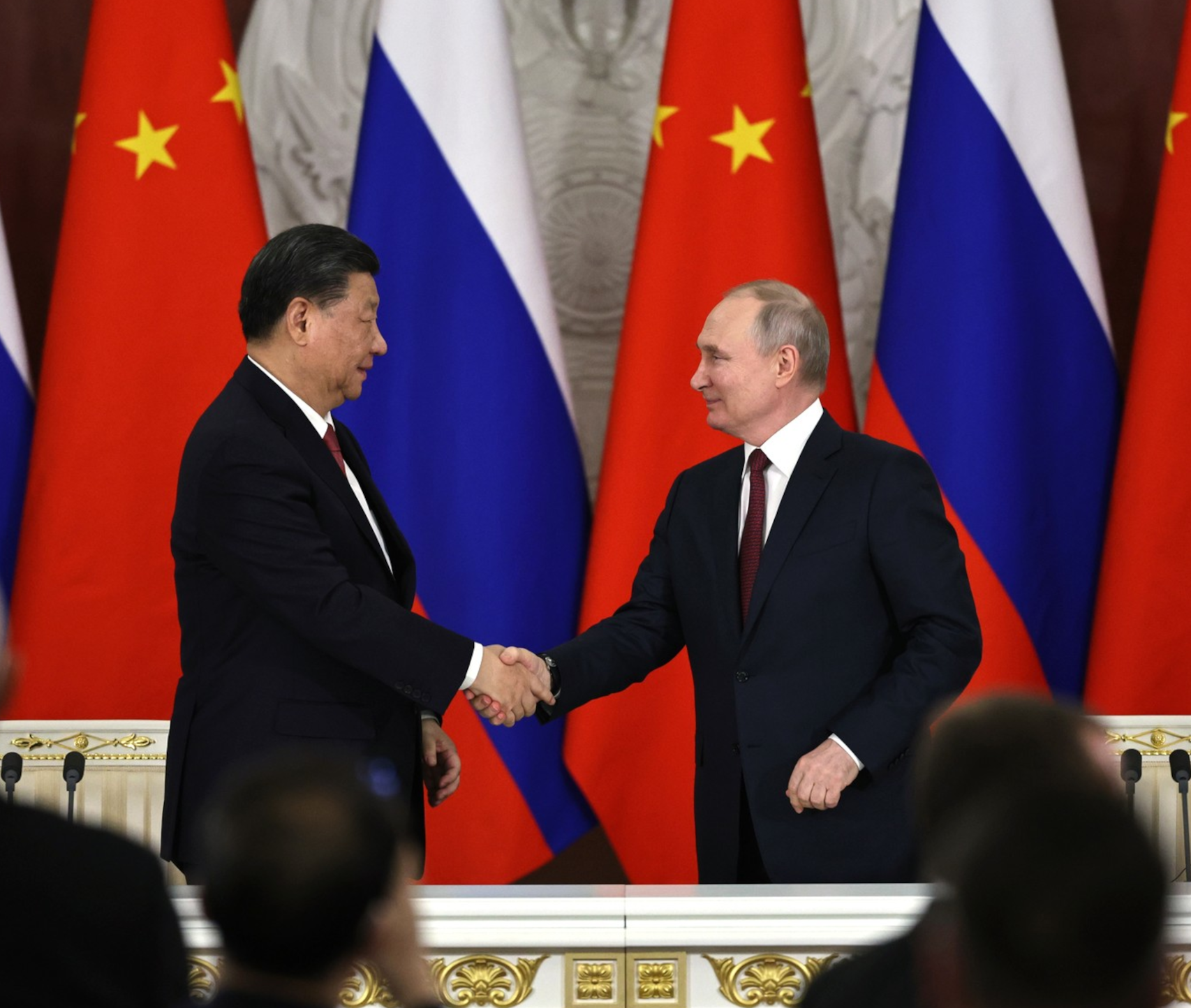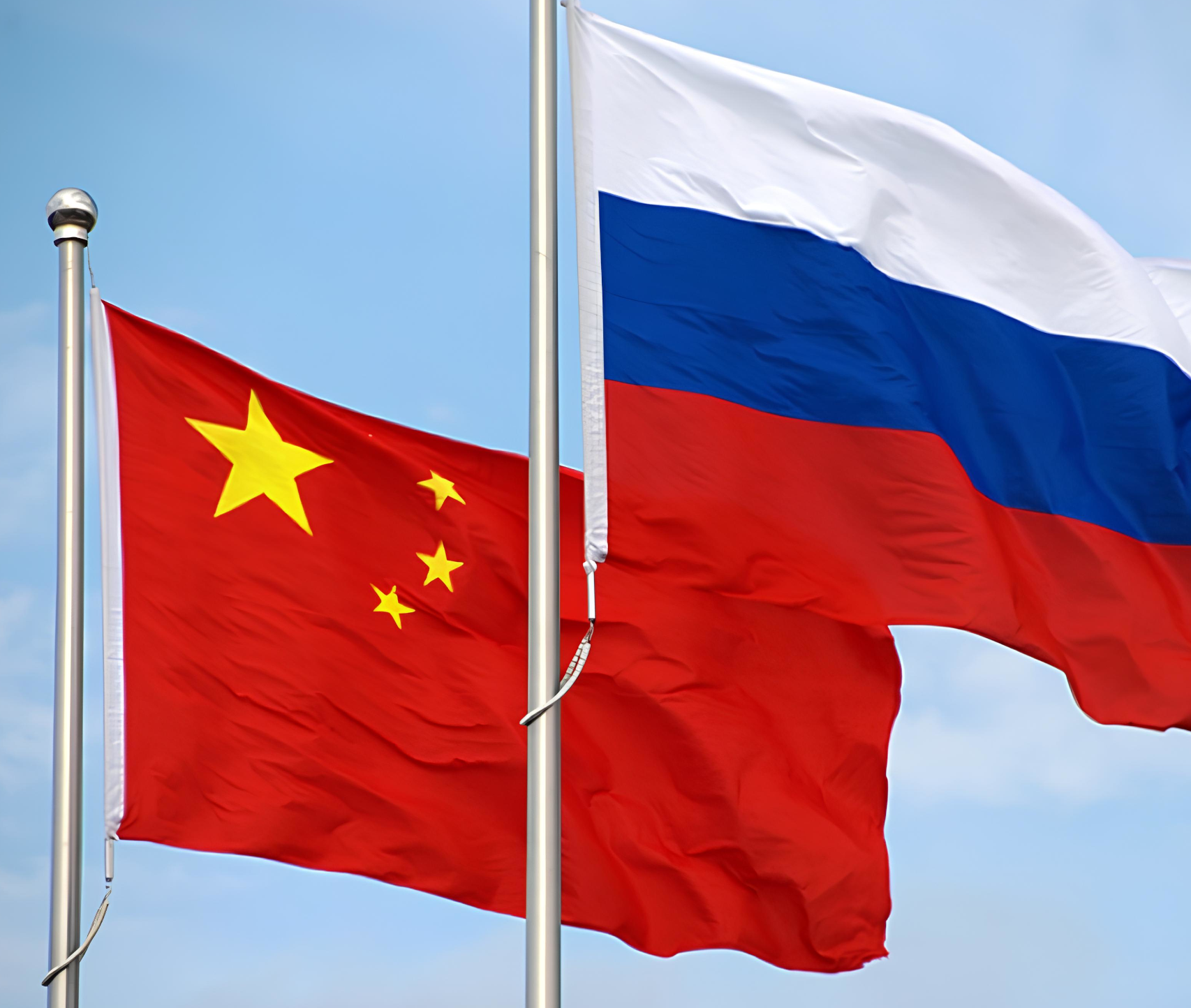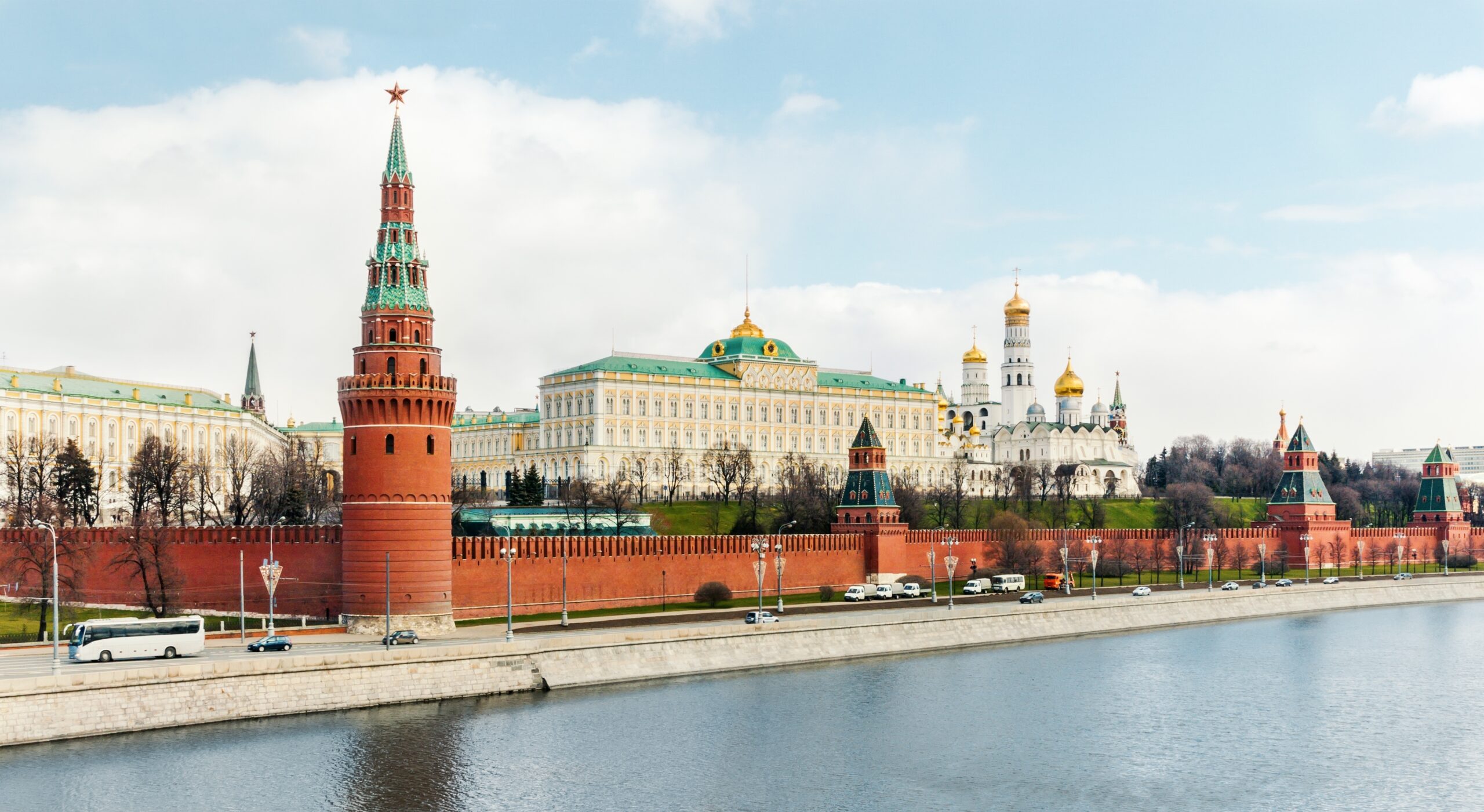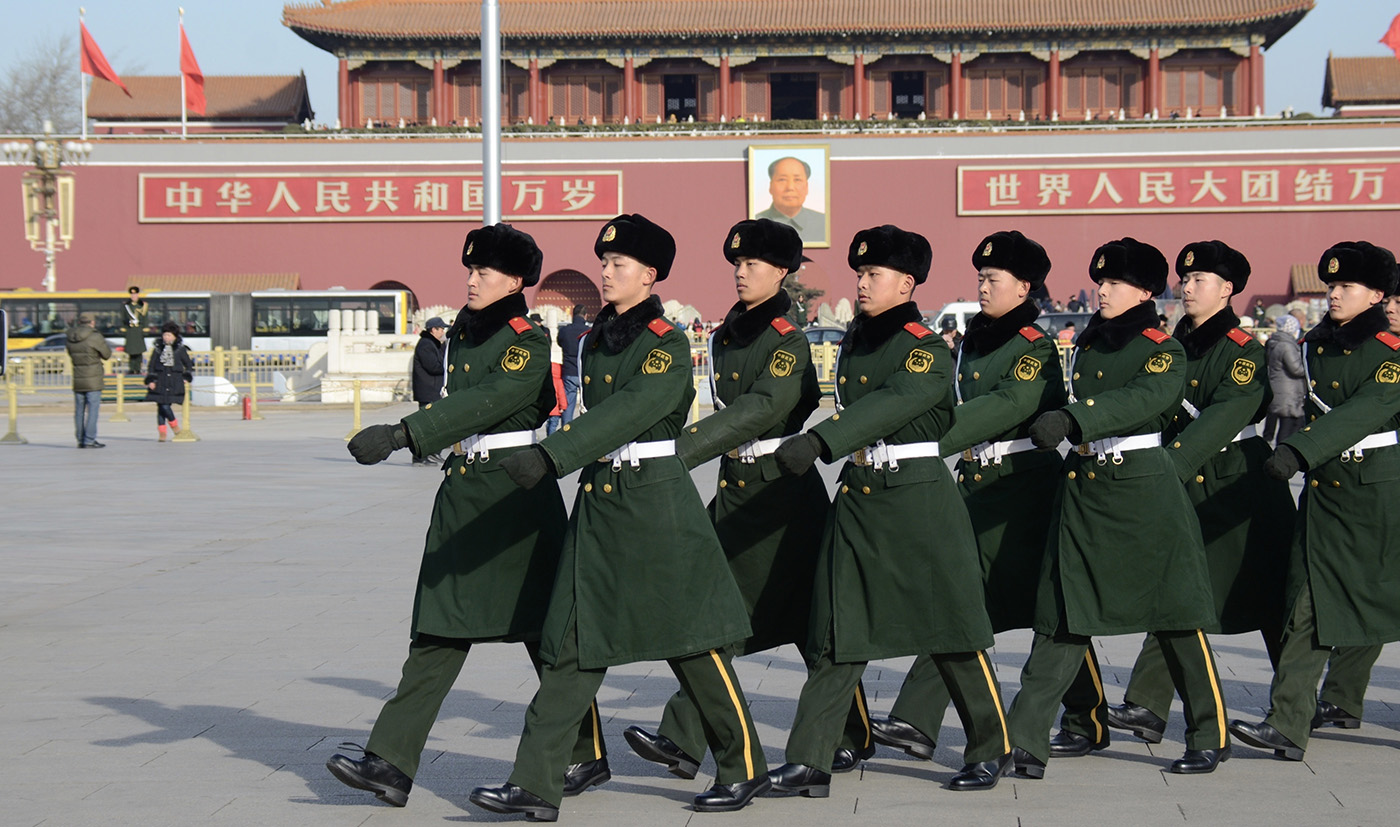Crises multiplying behind Putin-China photo-op facade
When the rhetoric of an “unlimited alliance” faces economic reality
By Vladimir Milov October 15, 2025

When the rhetoric of an “unlimited alliance” faces economic reality
By Vladimir Milov October 15, 2025

Several weeks after Putin’s visit to China, the dust settles down, and a more realistic picture of the current Sino-Russian relations emerges, cleared from the white noise of “unique geopolitical partnership” fanfare easily picked up by the media and commentators. Its different from what you have read.
First, immediately after Putin left China, Chinese customs has published the unpleasant statistics for Russia, showing Sino-Russian trade to be sharply declining — down by 9,4% in January-August 2025 as compared to 8 months of 2024, and down by 17,5% year-on-year in August alone.
The decline accelerates in both directions — Russian exports to China (down by 9,1% after 8 months of 2025) and Chinese exports to Russian (down by 9,4% in the same period). Chinese imports of Russian oil in August 2025 contracted by 8,8% in August against July and by over 15% against August 2024.
Several weeks after Putin’s visit to China, the dust settles down, and a more realistic picture of the current Sino-Russian relations emerges, cleared from the white noise of “unique geopolitical partnership” fanfare easily picked up by the media and commentators. Its different from what you have read.
First, immediately after Putin left China, Chinese customs has published the unpleasant statistics for Russia, showing Sino-Russian trade to be sharply declining — down by 9,4% in January-August 2025 as compared to 8 months of 2024, and down by 17,5% year-on-year in August alone.
The decline accelerates in both directions — Russian exports to China (down by 9,1% after 8 months of 2025) and Chinese exports to Russian (down by 9,4% in the same period). Chinese imports of Russian oil in August 2025 contracted by 8,8% in August against July and by over 15% against August 2024.


In late August, Russian Minister of Industry and Trade Anton Alikhanov acknowledged that the Russian government expects Sino-Russian trade in the coming years to be contained by sanctions and “saturation of the Russian market with Chinese goods”.
Sino-Russian trade relations are currently marred with bitter trade disputes, which are hidden behind pompous summit photo-ops, but are nonetheless plunging whole Russian industries into serious crises.
One of the most challenging crises is raging in the Russian coal industry, where 12% revenue contraction is predicted for 2025; according to the Russian authorities, in Kuzbass, Russia’s main coal producing region, there are currently no companies left which make profit from coal production.
These problems are directly related to import tariffs against Russian coal introduced by China since 2024. Yes, you heard that right, China and Russia are currently waging a trade war against one another. Despite multiple Russian requests, China categorically refuses to lift the coal import duties, which completely destroys the profitability of Russian coal exports to China.
Trade disputes continue are rattling the automaker industry. Russian main producers of passenger cars and trucks like Avtovaz and Kamaz openly accuse China of unfair competition, which leads them to reduce output plans by about a third. To protect domestic carmakers, Russia introduced significant import tariffs in form of “recycling fees” against Chinese carmakers, which are so high that some of the Chinese car manufacturers are planning to leave the Russian market.
Russian steelmaking industry is suffering major problems due to global competition with Chinese steel which has been flooding the international markets. Contraction of steel output in Russia reached as high as over 10% in July 2025 (latest official data available). Another Russian industry currently plunging into crisis is the timber sector, which also suffers from low prices at the Chinese market, expensive logistics, and lack of access to Chinese market for some of the Russian products (pellets).
Some of the most outrageous examples of Chinese barriers for Russian goods is the ban on imports of the Russian winter wheat, Russia’s most important and sizable agricultural exports. China readily buys wheat from Ukraine or Kazakhstan, but Russian winter wheat is banned — as per the Chairman of Russian Grain Union Arkady Zlochevsky, it is clearly a political decision.
In early September 2025, Russian Agricultural Minister Oksana Lut admitted that opening up Chinese market for Russian winter wheat remains a very complicated question:
In late August, Russian Minister of Industry and Trade Anton Alikhanov acknowledged that the Russian government expects Sino-Russian trade in the coming years to be contained by sanctions and “saturation of the Russian market with Chinese goods”.
Sino-Russian trade relations are currently marred with bitter trade disputes, which are hidden behind pompous summit photo-ops, but are nonetheless plunging whole Russian industries into serious crises.
One of the most challenging crises is raging in the Russian coal industry, where 12% revenue contraction is predicted for 2025; according to the Russian authorities, in Kuzbass, Russia’s main coal producing region, there are currently no companies left which make profit from coal production.
These problems are directly related to import tariffs against Russian coal introduced by China since 2024. Yes, you heard that right, China and Russia are currently waging a trade war against one another. Despite multiple Russian requests, China categorically refuses to lift the coal import duties, which completely destroys the profitability of Russian coal exports to China.
Trade disputes continue are rattling the automaker industry. Russian main producers of passenger cars and trucks like Avtovaz and Kamaz openly accuse China of unfair competition, which leads them to reduce output plans by about a third. To protect domestic carmakers, Russia introduced significant import tariffs in form of “recycling fees” against Chinese carmakers, which are so high that some of the Chinese car manufacturers are planning to leave the Russian market.
Russian steelmaking industry is suffering major problems due to global competition with Chinese steel which has been flooding the international markets. Contraction of steel output in Russia reached as high as over 10% in July 2025 (latest official data available). Another Russian industry currently plunging into crisis is the timber sector, which also suffers from low prices at the Chinese market, expensive logistics, and lack of access to Chinese market for some of the Russian products (pellets).
Some of the most outrageous examples of Chinese barriers for Russian goods is the ban on imports of the Russian winter wheat, Russia’s most important and sizable agricultural exports. China readily buys wheat from Ukraine or Kazakhstan, but Russian winter wheat is banned — as per the Chairman of Russian Grain Union Arkady Zlochevsky, it is clearly a political decision.
In early September 2025, Russian Agricultural Minister Oksana Lut admitted that opening up Chinese market for Russian winter wheat remains a very complicated question:
“A very difficult question. Our Chinese partners don’t like our winter wheat and winter barley. They think something is wrong with them.”
“A very difficult question. Our Chinese partners don’t like our winter wheat and winter barley. They think something is wrong with them.”
Some may think that China has been investing in Russia since the beginning of Russia’s full-scale invasion of Ukraine in 2022, but that is not the case: in the past three years, Chinese investment in Russia has been negligible and essentially contracted, as per Bank of Finland Institute for Emerging Economies.
Russian government has long sought to emit yuan-nominated state bonds (to be able to raise the money for Russian budget from the Chinese financial market), but failed to receive Chinese permit to do so, after which the Russian Finance Minister Anton Siluanov has recently stated that the issue is closed, and it is no longer planned to issue yuan-nominated Russian government bonds.
Following Putin’s visit to China, media speculated about China possibly allowing Russian companies access to Chinese financial market through issuing yuan-nominated bonds. However, close examination of the issue allows to see that this possibility is only considered for a handful of Russian companies which are not under Western sanctions, and that the issue is so highly conditional and being under early-stage discussions that it is premature to speak about it in practical terms (over a decade ago, when Russian government first announced plans to issue yuan-nominated bonds, China was also giving initial positive signals, but later these plans have collapsed).
On top of that, China still hasn’t confirmed Gazprom’s claims that some new “agreement” was signed on gas supplies from Russia via “Power of Siberia-2” pipeline — so far, the public has to rely solely on Gazprom’s statements. CNPC newspage stays suspiciously empty about this matter; no Chinese source has confirmed the “signing of a new gas contract” with Russia in September.
Some may think that China has been investing in Russia since the beginning of Russia’s full-scale invasion of Ukraine in 2022, but that is not the case: in the past three years, Chinese investment in Russia has been negligible and essentially contracted, as per Bank of Finland Institute for Emerging Economies.
Russian government has long sought to emit yuan-nominated state bonds (to be able to raise the money for Russian budget from the Chinese financial market), but failed to receive Chinese permit to do so, after which the Russian Finance Minister Anton Siluanov has recently stated that the issue is closed, and it is no longer planned to issue yuan-nominated Russian government bonds.
Following Putin’s visit to China, media speculated about China possibly allowing Russian companies access to Chinese financial market through issuing yuan-nominated bonds. However, close examination of the issue allows to see that this possibility is only considered for a handful of Russian companies which are not under Western sanctions, and that the issue is so highly conditional and being under early-stage discussions that it is premature to speak about it in practical terms (over a decade ago, when Russian government first announced plans to issue yuan-nominated bonds, China was also giving initial positive signals, but later these plans have collapsed).
On top of that, China still hasn’t confirmed Gazprom’s claims that some new “agreement” was signed on gas supplies from Russia via “Power of Siberia-2” pipeline — so far, the public has to rely solely on Gazprom’s statements. CNPC newspage stays suspiciously empty about this matter; no Chinese source has confirmed the “signing of a new gas contract” with Russia in September.


It happened this way before. In May 2015, more than a decade ago, Gazprom has first claimed that it has signed “basic conditions of a contract” with China on gas supplies through what then was known as “Western Corridor” (currently rebranded into “Power of Siberia-2”), a gas pipeline linking Gazprom’s main gas producing fields in Western Siberia with the Chinese market (currently operating “Power of Siberia-1” gas pipeline only delivers gas to China from remote Eastern Siberian gas fields, which are located thousands of miles away from Gazprom’s main Western Siberian gas production hub).
However, months afterwards, these claims by Gazprom were disavowed by CNPC, whose chairman said that they heard about the “parameters” of “basic contract conditions” from the press, and that Gazprom and CNPC have said nothing specific. Gazprom made several subsequent false claims about “breakthroughs” reached in negotiations on “Western Corridor”/“Power of Siberia-2”, which were never confirmed.
Even the Russian media admits that the “contract” signed in Beijing in early September 2025, as Gazprom claims, lacks specific agreement on price and volumes of gas supply; Kremlin’s official website doesn’t mention any gas supply contract, only referring to “strategic partnership agreement between Gazprom and CNPC” in the list of documents signed during Putin’s visit, without providing any details.
This is consistent with the previous pattern of Russia’s constant exaggeration of the scale of the agreements reached with China on gas supplies. There are no signs of a real gas contract signed by Gazprom in Beijing in September. Many comments about a Gazprom-China deal of “global significance for the international energy markets” appear to be premature. The prospect of signing of a major new gas deal with Russia diminishes further on the background of recent massive shale gas discoveries in China.
As the above examples show, Sino-Russian economic relations face an array of serious difficulties and challenges — the reality check doesn’t match the “no limits partnership” facade. It is very important for the Western policymakers to be aware of these issues, because overestimation of “strength” of Sino-Russian partnership may lead to wrong conclusions about Putin’s relative “advantages” in his war against Ukraine and hybrid aggression against the West. There are major cracks and vulnerabilities, however; awareness of them is very important.
It happened this way before. In May 2015, more than a decade ago, Gazprom has first claimed that it has signed “basic conditions of a contract” with China on gas supplies through what then was known as “Western Corridor” (currently rebranded into “Power of Siberia-2”), a gas pipeline linking Gazprom’s main gas producing fields in Western Siberia with the Chinese market (currently operating “Power of Siberia-1” gas pipeline only delivers gas to China from remote Eastern Siberian gas fields, which are located thousands of miles away from Gazprom’s main Western Siberian gas production hub).
However, months afterwards, these claims by Gazprom were disavowed by CNPC, whose chairman said that they heard about the “parameters” of “basic contract conditions” from the press, and that Gazprom and CNPC have said nothing specific. Gazprom made several subsequent false claims about “breakthroughs” reached in negotiations on “Western Corridor”/“Power of Siberia-2”, which were never confirmed.
Even the Russian media admits that the “contract” signed in Beijing in early September 2025, as Gazprom claims, lacks specific agreement on price and volumes of gas supply; Kremlin’s official website doesn’t mention any gas supply contract, only referring to “strategic partnership agreement between Gazprom and CNPC” in the list of documents signed during Putin’s visit, without providing any details.
This is consistent with the previous pattern of Russia’s constant exaggeration of the scale of the agreements reached with China on gas supplies. There are no signs of a real gas contract signed by Gazprom in Beijing in September. Many comments about a Gazprom-China deal of “global significance for the international energy markets” appear to be premature. The prospect of signing of a major new gas deal with Russia diminishes further on the background of recent massive shale gas discoveries in China.
As the above examples show, Sino-Russian economic relations face an array of serious difficulties and challenges — the reality check doesn’t match the “no limits partnership” facade. It is very important for the Western policymakers to be aware of these issues, because overestimation of “strength” of Sino-Russian partnership may lead to wrong conclusions about Putin’s relative “advantages” in his war against Ukraine and hybrid aggression against the West. There are major cracks and vulnerabilities, however; awareness of them is very important.
By Vladimir Milov
September 24, 2025
 Article
Article
Beijing now dominates economically and increasingly militarily, leveraging pressure from the “fish war” to oil pricing and foreign-policy concessions
By Yuri Moskalenko
January 27, 2022
 Article
Article
Over the past several decades, the economy of the Russian Far East has become increasingly oriented toward serving China.
June 01, 2021

By Vladimir Milov
September 24, 2025
 Article
Article
Beijing now dominates economically and increasingly militarily, leveraging pressure from the “fish war” to oil pricing and foreign-policy concessions
By Yuri Moskalenko
January 27, 2022
 Article
Article
Over the past several decades, the economy of the Russian Far East has become increasingly oriented toward serving China.
June 01, 2021
